
— October 29, 2025
Engine belts are crucial to the performance of the engines and hydraulic systems of heavy equipment machines like excavators, tractors and skid steers.
Belts have a variety of uses, but they generally serve to transfer power between various parts of the engine and help coordinate between systems.
The quantity and types of belts used in your machine depend on your machine’s make and model, as well as its age. Some engine belts are generic, while others are specific to particular models.
Here’s what you need to know about heavy equipment engine belts. And, how to maintain them to keep your machine running smoothly.
Belts are used in heavy equipment to transfer power between parts of the engine and to allow various systems to coordinate with each other.
While the types of belts used vary by machine, most engine belts fall into one of several categories:
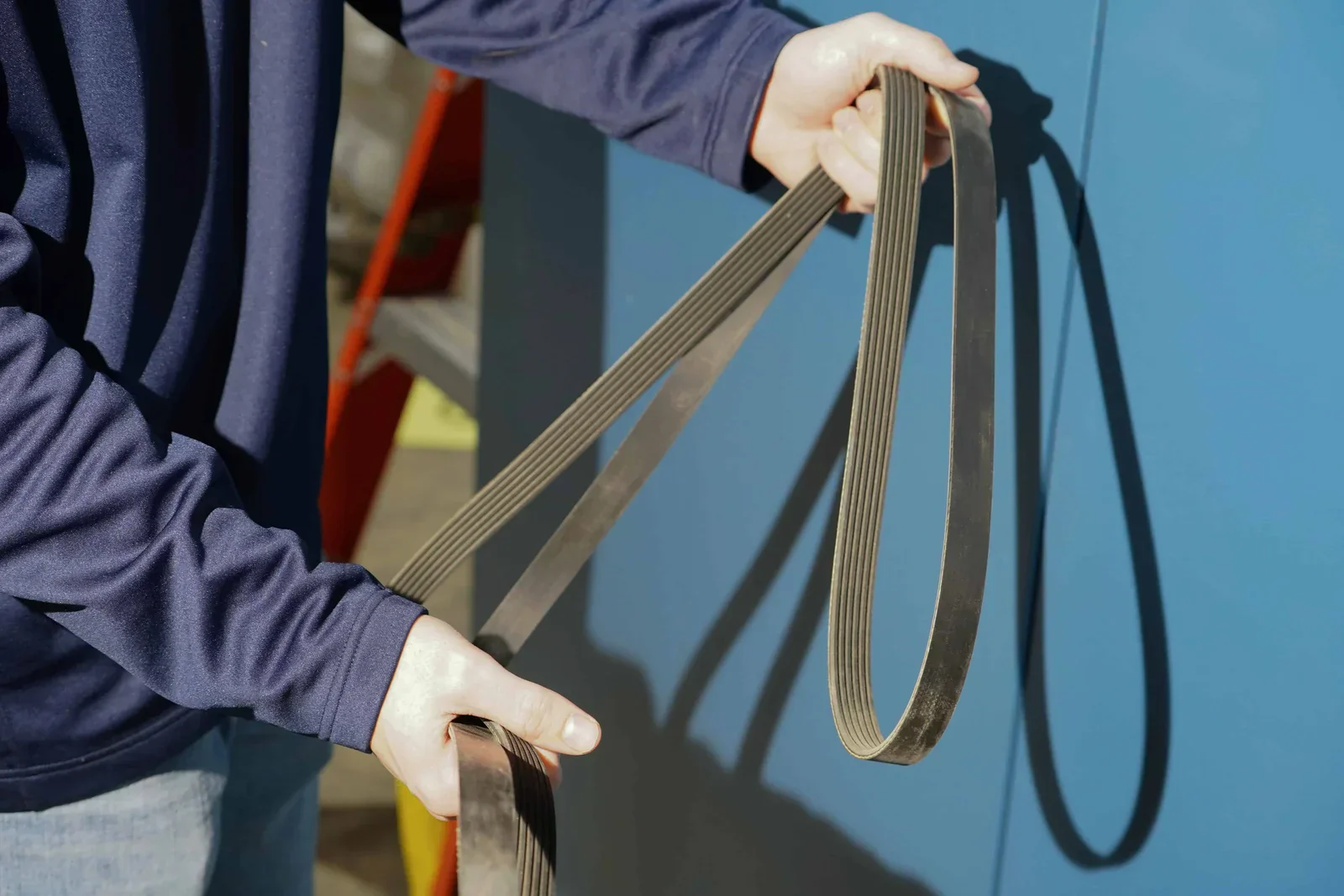
These are the most common type of engine belt used in heavy equipment engines. They are named V-belts because they have a V-shaped cross section. V-belts are used to transfer power from the engine to various components such as the alternator, water pump and air compressor. V-belts have a flat back and angled sides that grip the pulley, providing high friction and a secure grip. They are typically made of rubber.
Serpentine belts are flat and ribbed. They’re used to drive several components including the alternator, power steering pump and air conditioning compressor. Serpentine belts are named for their “serpentine” path around the various pulleys. They are similar to V-belts in that they are made of rubber, but they are wider and have a different shape.
These belts are used to drive the air conditioning compressor, which is responsible for cooling the air inside the machine’s operator cab.
Also called alternator belts, these belts are used to drive the engine’s cooling fan and alternator. They are similar to V-belts in that they have a V-shaped cross section, but they are narrower.
Most heavy equipment that features an internal combustion engine will require belts in order to operate. Here are some common machines that need belts:
The number of belts required by a particular machine is dependent upon its size, complexity and number of internal systems.
For example, a small skid steer may only require a single belt to drive the engine and a few accessories such as the alternator and hydraulic pump, whereas a large excavator may require several belts.
Another factor that determines how many belts a machine requires is the type of engine it uses. Machines with a diesel engine, for example, may require more belts than those with a gasoline engine due to design differences between the two engines.
Machines with complex hydraulic systems may require more belts to drive the additional pumps, while machines with fewer accessories or simpler hydraulic systems may require fewer belts.
Belts in heavy equipment machines are located in various parts of the machine depending on the type and model of the machine. Here are common locations for each type of belt:
These belts can be found in various locations including the engine, alternator, water pump and air compressor. They are typically wrapped around pulleys which mount to the engine or other components.
These belts are typically wrapped around a series of pulleys, with one pulley driving the engine and the others driving accessories like the alternator, power steering pump and air conditioning compressor.
AC belts can be either on its own or within a serpentine system around the engine. Several models usually have it located on the passenger side of the machine.
Fan belts are located on the front of the engine.
The frequency with which a heavy equipment belt needs to be replaced can vary depending on several factors, including the type of belt, the type of machine and the operating environment. You should inspect your machine’s belts frequently and replace any belts that show signs of wear or damage.
Here are some symptoms of a heavy equipment belt that needs replacing:
The cost to replace each belt can vary depending on the type of equipment and the specific belt needed. The cost can range from $25 for a small V-belt to several hundred dollars for a large serpentine belt.
If you don’t replace a belt on time, it can lead to several issues depending on the type of belt. Here are some potential consequences of not replacing a belt on time:
Safety Hazards: In some cases, a broken or damaged belt can create safety hazards such as flying debris or loss of control of the machine.
If you’re in need of a replacement heavy equipment belt, make sure you’re purchasing one from a reputable seller. MechLink’s online parts catalog features a selection of belts, including V-belts, fan belts and alternator belts. Still can’t find the part you need? Get in touch with one of our parts experts for personalized assistance.
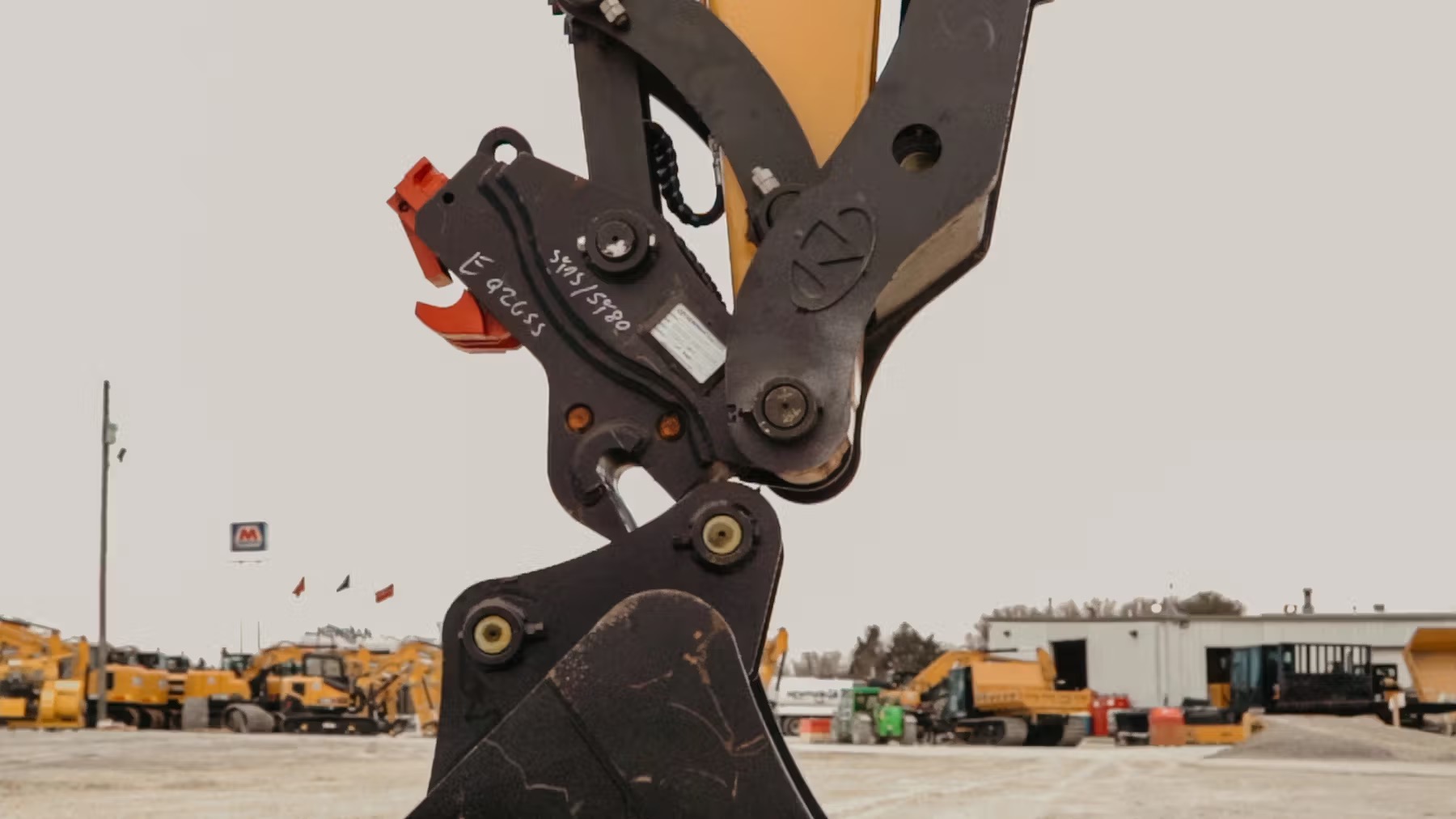
Quick couplers for excavators: a game changer for attachment efficiency
December 12, 2025
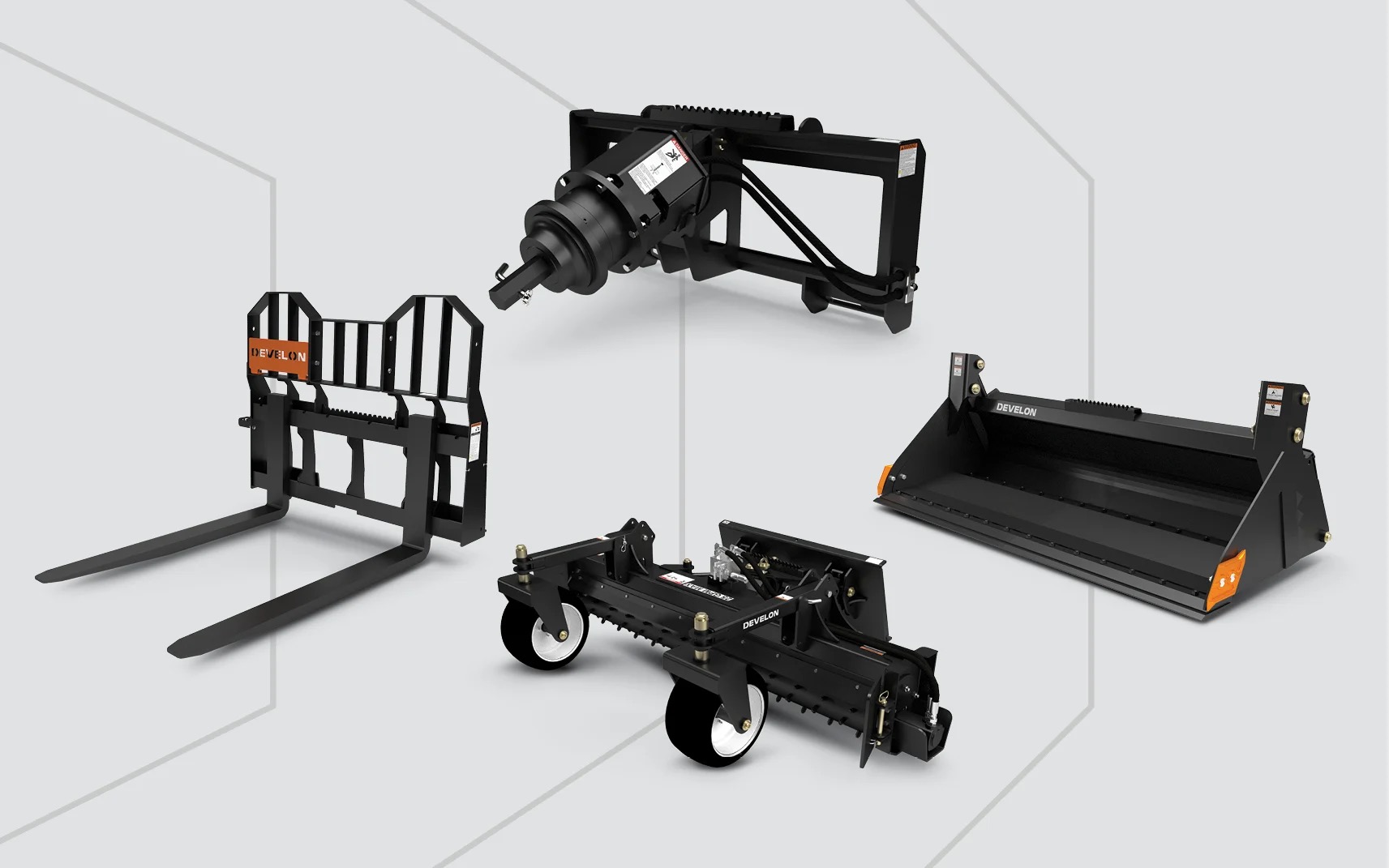
How utilizing a pin kit can enhance the performance of your compact track loader
December 12, 2025
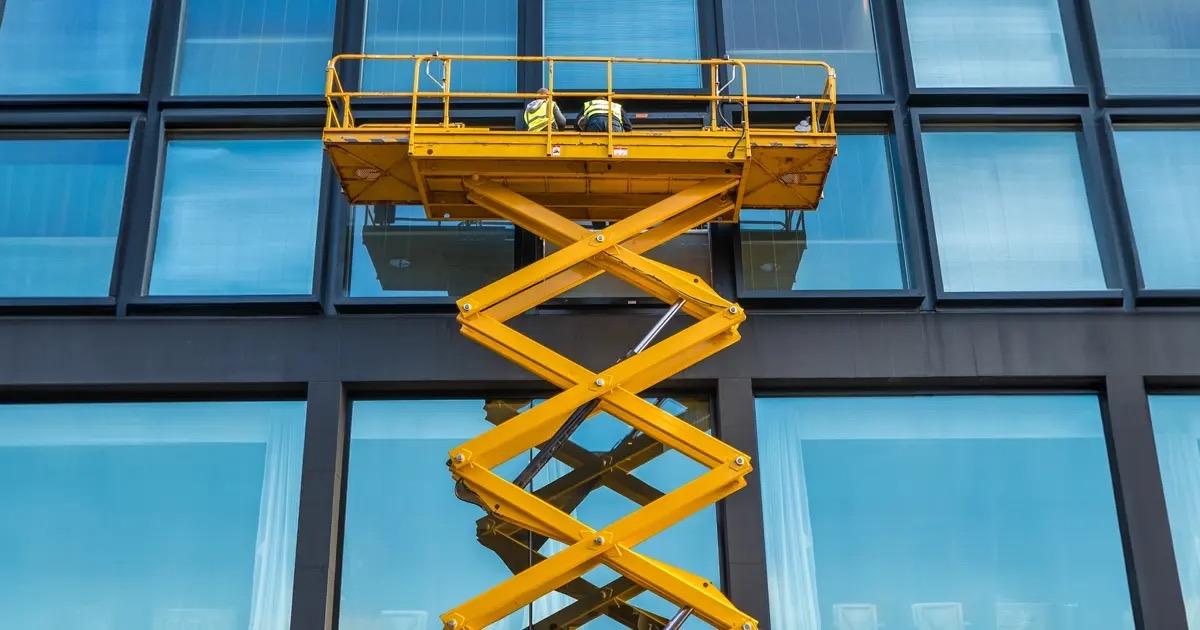
12 ways scissor lifts are used in the construction industry
December 11, 2025
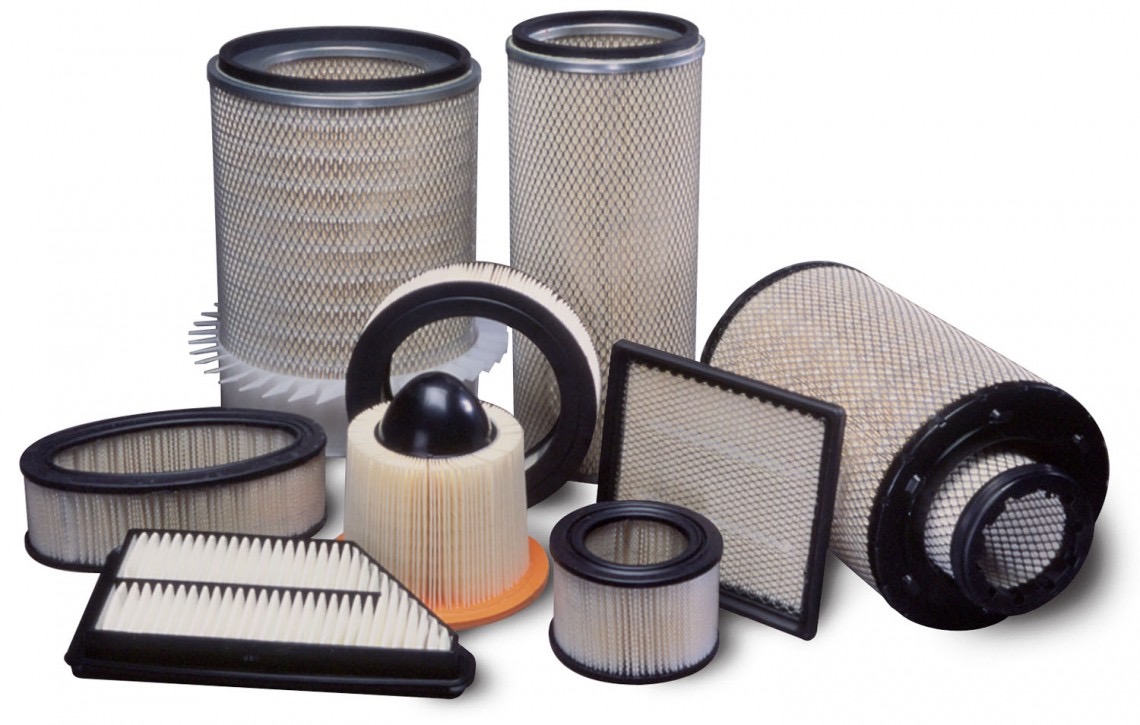
What different diesel engine smoke colors can reveal about your construction equipment
December 11, 2025